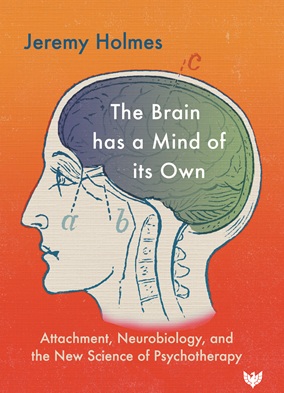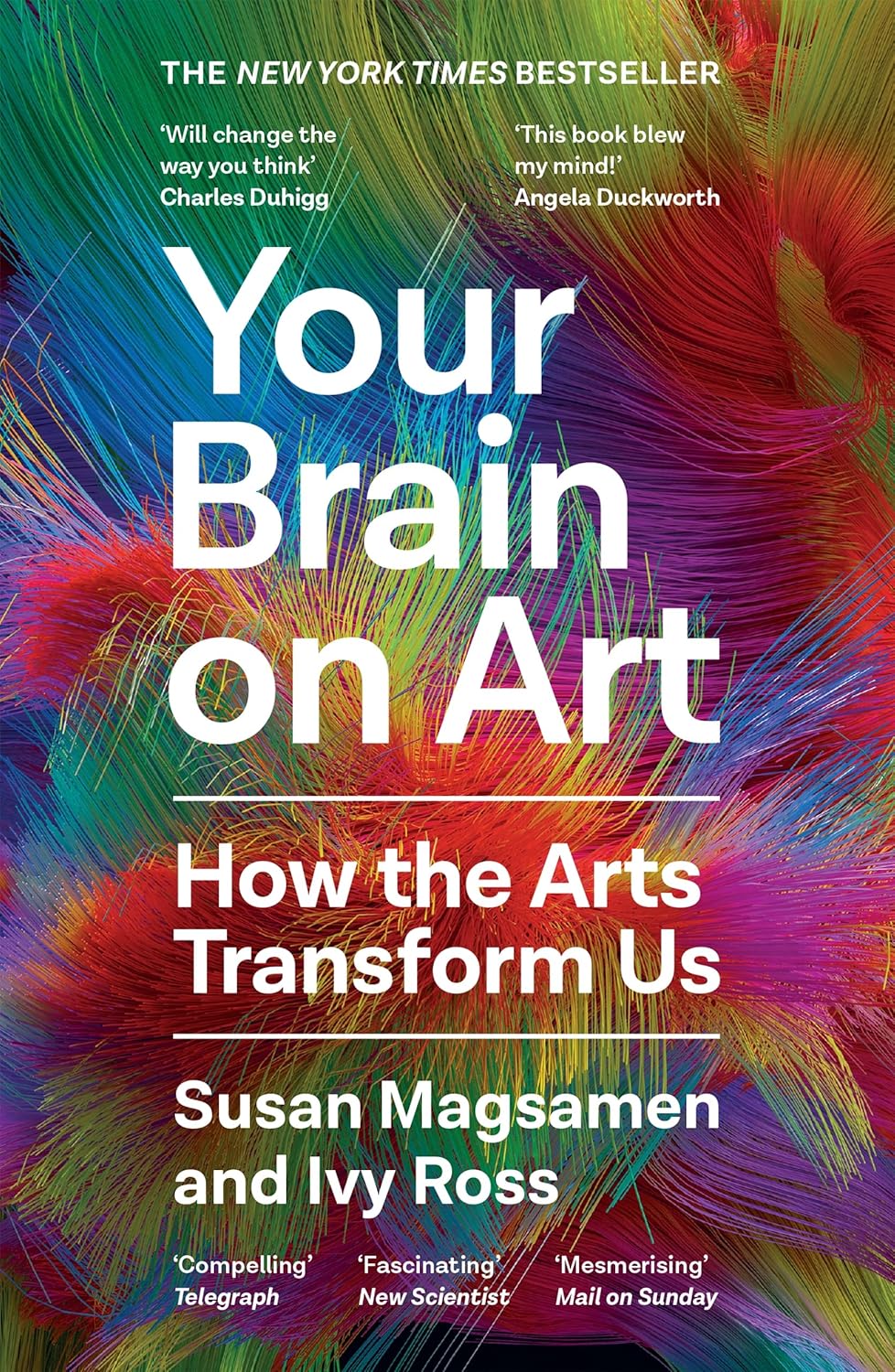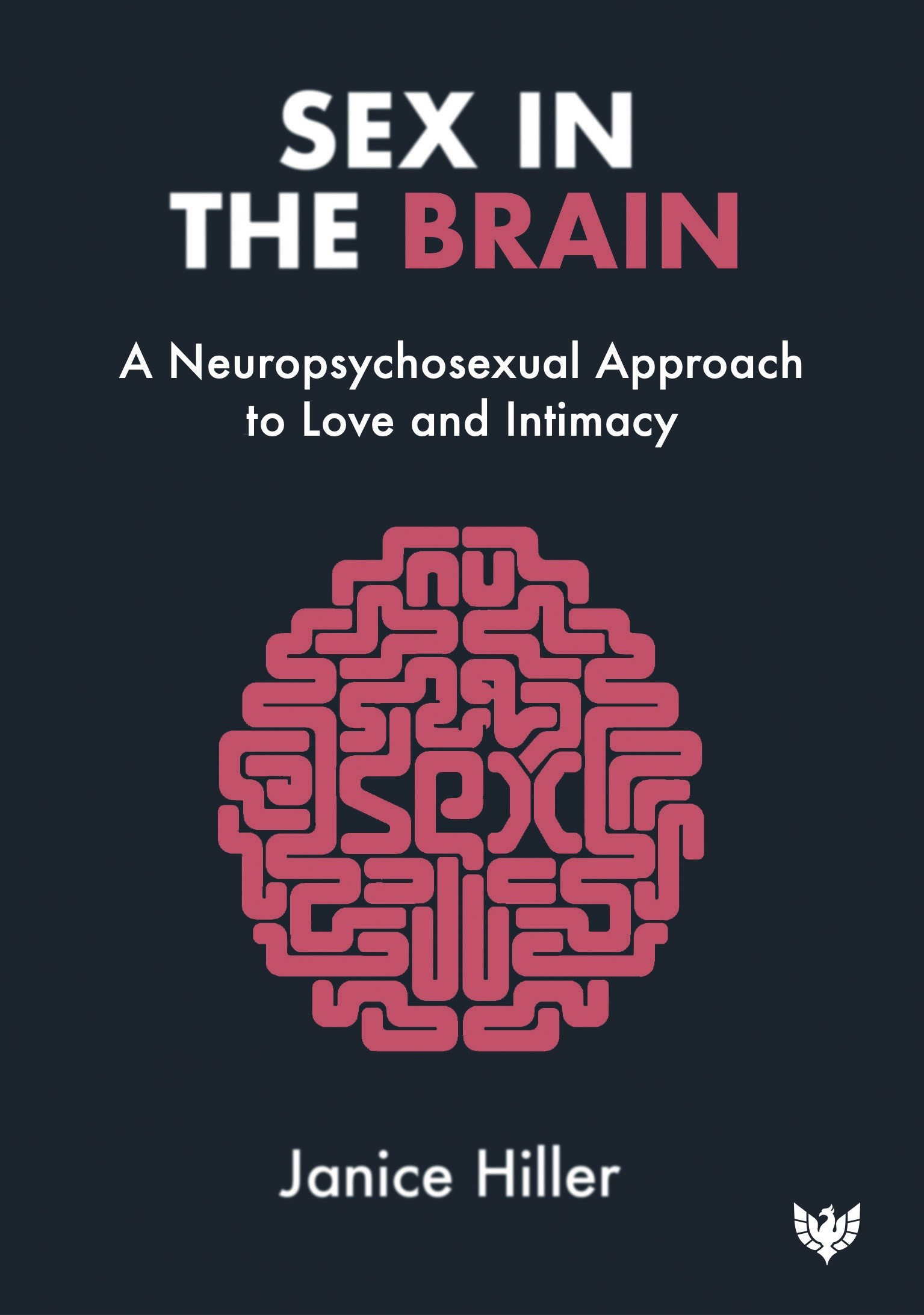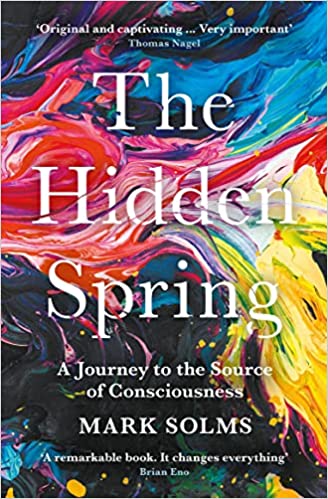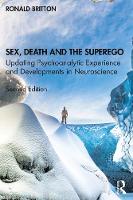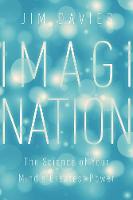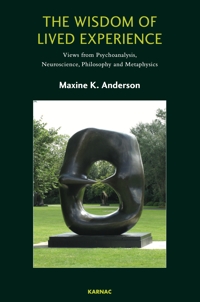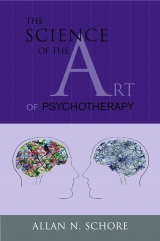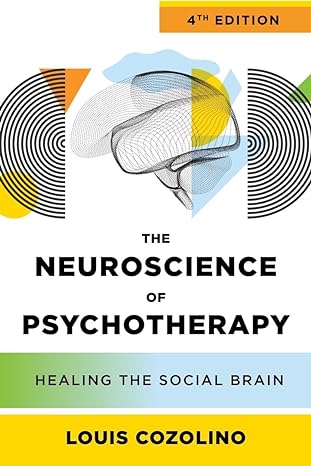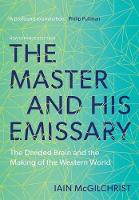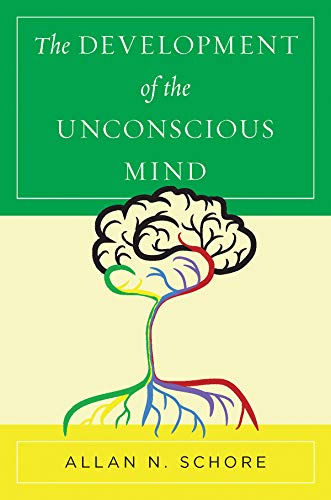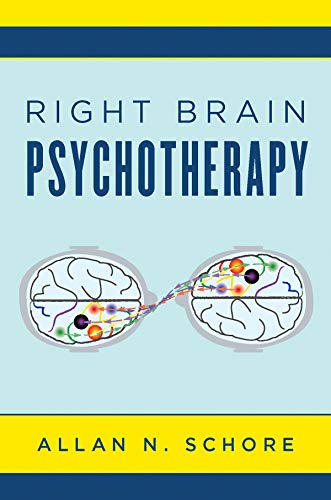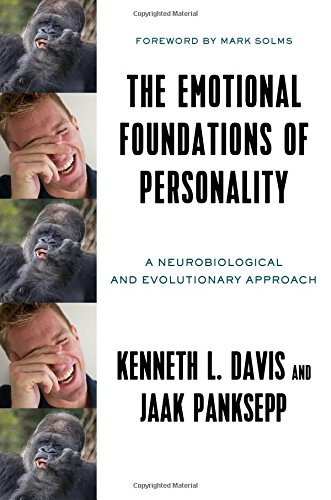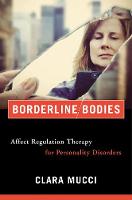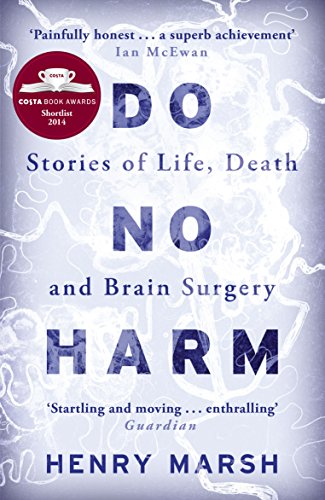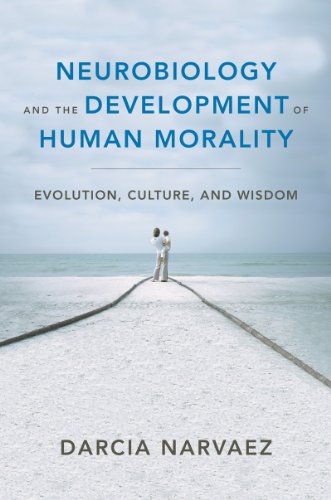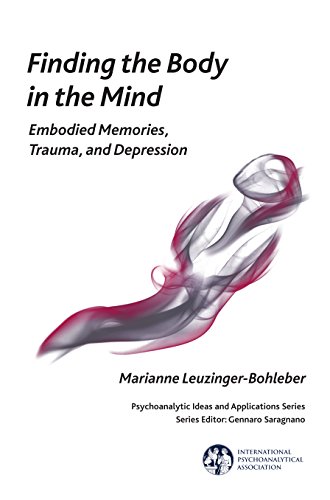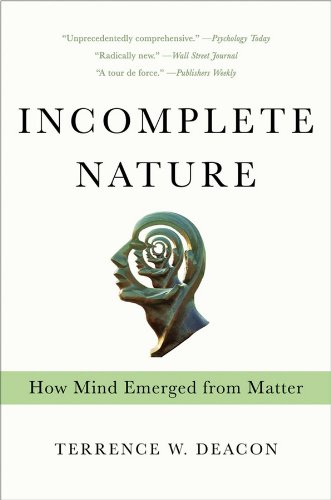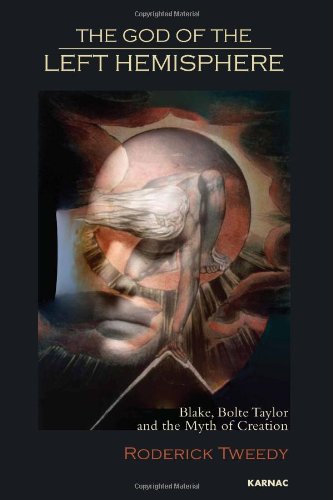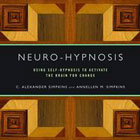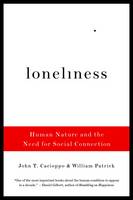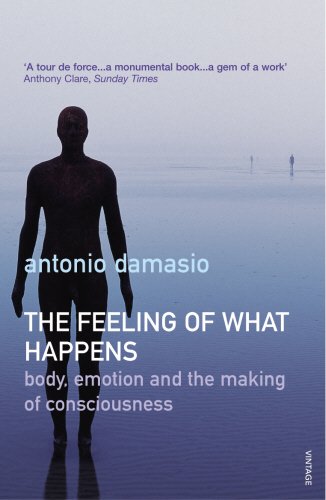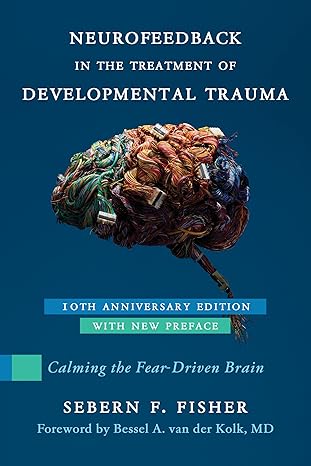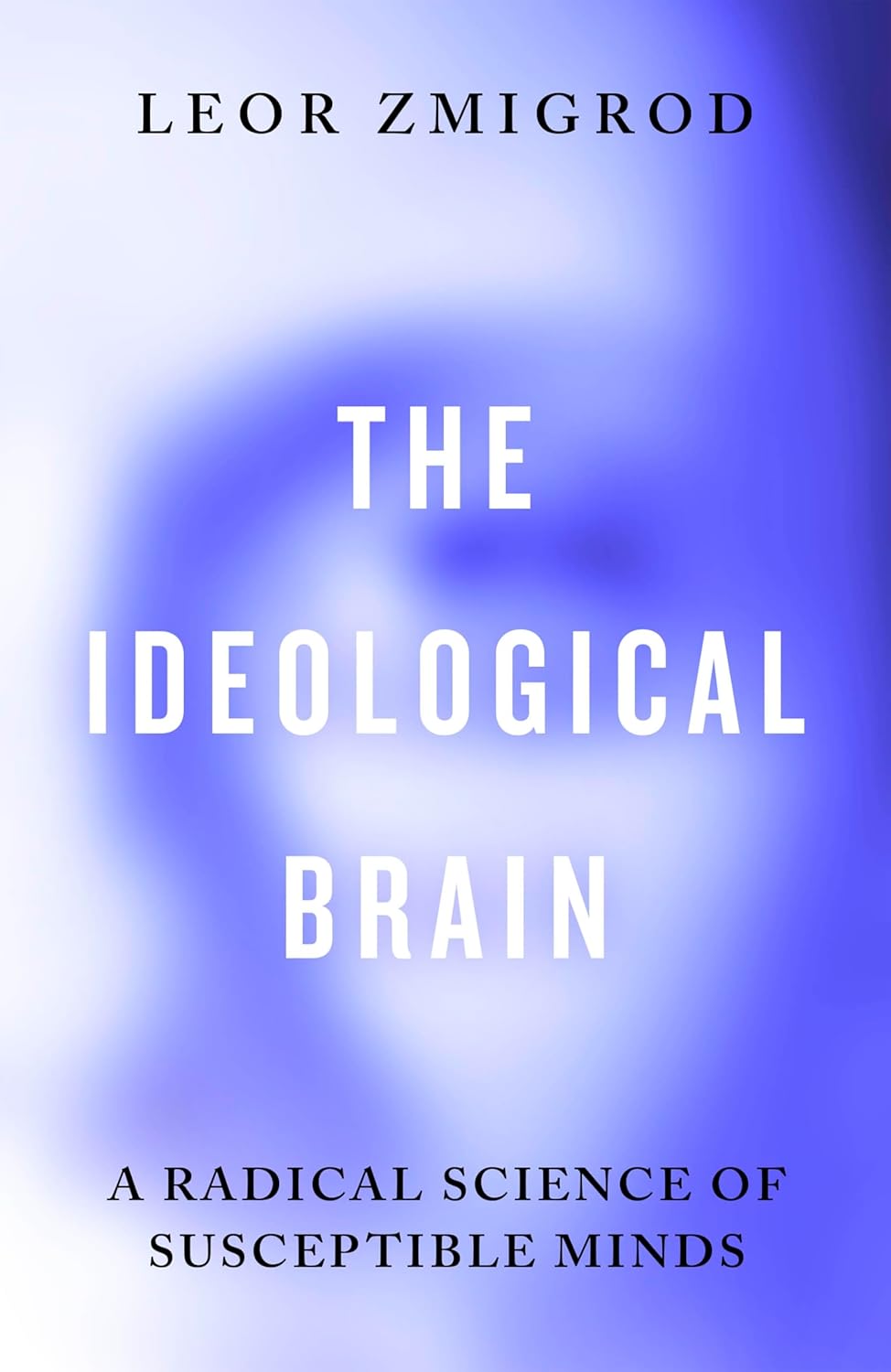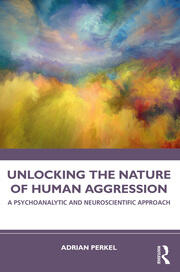Neuroscience Books
The Brain has a Mind of its Own: Attachment, Neurobiology and the New Science of Psychotherapy
Psychotherapy is a practice in search of a theory. Recent advances in relational neuroscience and attachment research now offer convincing avenues for understanding how the 'talking cure' helps... (more)
Your Brain on Art: How the Arts Transform Us
The arts can deliver potent, accessible and proven solutions for the wellbeing of everyone.
In this book, Magsamen and Ross offer compelling research that shows how engaging in an art project... (more)
Sex in the Brain: A Neuropsychosexual Approach to Love and Intimacy
An overview of what happens in the brain during the development of romantic and sexual relationships, from the intense emotions at the start on to kissing, touch, arousal, orgasm, commitment,... (more)
The Hidden Spring: A Journey to the Source of Consciousness
How does the mind connect to the body? Why does it feel like something to be us? For one of the boldest thinkers in neuroscience, solving this puzzle has been a lifetime's quest. Now at last, the man... (more)
Sex, Death, and the Superego: Updating Psychoanalytic Experience and Developments in Neuroscience
This second edition of Ronald Britton's personal reappraisal of psychoanalytic theories is based on further clinical experience, further study of current neuroscience and continued reflection on the... (more)
Imagination: The Science of Your Mind's Greatest Power
The first-ever book on the science of imagination, which sheds light on both the complex inner-workings of our mind and the ways in which we can channel imagination for a better life.
We don’t... (more)
The Wisdom of Lived Experience: Views from Psychoanalysis, Neuroscience, Philosophy and Metaphysics
In our quest toward truth we often rely on the guidance and clarity of conscious thought, but in doing so we may bypass awareness of a more deeply informing resource, which is embodied in lived... (more)
The Science of the Art of Psychotherapy
For decades Allan Schore has been a leader in developing an overarching model of people’s social and emotional development, integrating work from psychology, psychiatry, psychoanalysis, attachment... (more)
Feeling & Knowing: Making Minds Conscious
In recent decades, many philosophers and cognitive scientists have declared the question of consciousness unsolvable, but Antonio Damasio is convinced that recent findings in neuroscience, psychology... (more)
The Neuroscience of Psychotherapy: Healing the Social Brain: Fourth Edition
A new edition of the classic text that links neuroscience and human behaviour in a therapeutic context.
This ground-breaking book explores the revolution in psychotherapy that brought an... (more)
The Master and His Emissary: The Divided Brain and the Making of the Western World - New Edition
A new edition of the bestselling classic - published with a special introduction to mark its 10th anniversary. This pioneering account sets out to understand the structure of the human brain - the... (more)
The Development of the Unconscious Mind
This book traces the evolution of the concept of the unconscious from an intangible, metapsychological abstraction to a psychoneurobiological function of a tangible brain. An integration of current... (more)
Right Brain Psychotherapy
An exploration into the adaptive functions of the emotional right brain, which describes not only affect and affect regulation within minds and brains, but also the communication and iterative... (more)
The Emotional Foundations of Personality: A Neurobiological and Evolutionary Approach
This book presents the wealth of scientific evidence that our personality emerges from evolved primary emotions shared by all mammals. Yes, your dog feels love-and many other things too. These... (more)
Borderline Bodies: Affect Regulation Therapy for Personality Disorders
A bold look at the body as a source of contention for those who suffer from personality disorders. People with personality disorders often attack their own bodies through eating disorders and other... (more)
Affect Regulation 2-Volume Set: Affect Dysregulation and Disorders of the Self and Affect Regulation and the Repair of the Self
Two volume set containing Affect Dysregulation and Disorders of the Self and Affect Regulation and the Repair of the Self
Affect Dysregulation and Disorders of the Self
Building on his... (more)
Do No Harm: Stories of Life, Death and Brain Surgery
What is it like to be a brain surgeon? How does it feel to hold someone's life in your hands, to cut through the stuff that creates thought, feeling and reason? How do you live with the consequences... (more)
The Feeling Brain: Selected Papers on Neuropsychoanalysis
Neuropsychoanalysis is the fastest growing area within psychoanalysis, providing a bridge between "classic" psychoanalysis and the neurological sciences. This book provides an accessible introduction... (more)
Neurobiology and the Development of Human Morality: Evolution, Culture, and Wisdom
Moral development has traditionally been considered a matter of reasoning. In this integrative book, Darcia Narvaez demonstrates how morality goes “all the way down,” involving neurobiological,... (more)
Finding the Body in the Mind: Embodied Memories, Trauma, and Depression
Since the 1990s many different scientific disciplines have intensified their interest in the so called 'mind-body-problem': psychoanalysis, philosophy, academic psychology, cognitive science and... (more)
Incomplete Nature: How Mind Emerged from Matter
As scientists study the minutiae of subatomic particles, neural connections, and molecular compounds, their attempts at a theory of everything harbor a glaring omission: they still cannot explain us,... (more)
Brain-Based Parenting: How Neuroscience Can Foster Healthier Relationships with Kids
In this groundbreaking exploration of the brain mechanisms behind healthy caregiving, attachment specialist Daniel A. Hughes and veteran clinical psychologist Jonathan Baylin guide readers through... (more)
The God of the Left Hemisphere: Blake, Bolte Taylor and the Myth of Creation
The God of the Left Hemisphere explores the remarkable connections between the activities and functions of the human brain that writer William Blake termed 'Urizen' and the powerful complex of... (more)
Neuro-Hypnosis: Using Self-Hypnosis to Activate the Brain for Change
Presented here is the latest research on the neurological processes that occur during hypnosis. Readers are provided with the tools needed to use self-hypnosis to address a number of concerns, from... (more)
Loneliness: Human Nature and the Need for Social Connection
In this pioneering book, neuroscientist John T. Cacioppo unveils his groundbreaking research on the startling effects of loneliness: a sense of isolation or social rejection disrupts not only our... (more)
The Feeling of What Happens: Body and Emotion in the Making of Consciousness
A new theory of consciousness and the construction of identity focuses on the body's reaction to its world, postulating that a complex relationship between body, emotion, and mind is required to... (more)
Neurofeedback in the Treatment of Developmental Trauma: Calming the Fear-Driven Brain
The brain’s circuitry reveals much about its role in our emotional stability and resilience. Neurofeedback allows clinicians to guide their clients as they learn to transform these brain-wave... (more)
The Ideological Brain: A Radical Science of Susceptible Minds
Why do some people become radicalized? Who is most susceptible to ideological thinking? Can we unchain our minds from toxic dogmas?
Drawing on her groundbreaking research, Dr Leor Zmigrod... (more)
Unlocking the Nature of Human Aggression: A Psychoanalytic and Neuroscientific Approach
Unlocking the Nature of Human Aggression is a neuropsychoanalytic and scientific exploration of aggression and argues for its central role in psychopathology and the genesis of individual symptoms,... (more)


